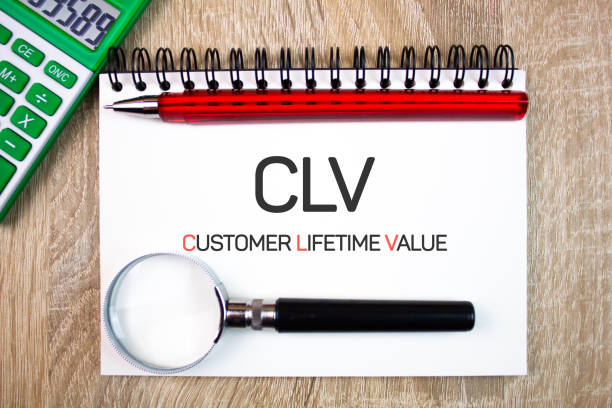Over the last few years, online ad targeting has become more common. Basic behavioral targeting has evolved into other types of audience targeting, such as business demographics and site retargeting.
These targeting techniques have allowed marketers to allocate their budget to the most valuable audience efficiently. However, the ultimate goal is to increase awareness and close the most valuable clients.
As any business leader knows, not all customers are created equal. The next step in targeting is lifetilifetime (LTV) targeting.
Let’s begin with the basics. Cambridge defines lifetime as “the calculation of how much profit an organization could make over the period they are a customer.”
It seems simple enough.
According to a recent article in Entrepreneur, lifetime value is “one of the most underestimated and least understood metrics” in business, even though it’s the easiest one to calculate.
We need to know how much money we should spend on customer acquisition and retention. We want to concentrate our efforts on customers who will provide the greatest value in the long run. How can we tailor our marketing campaigns based on such an important metric as this?
LTV targeting begins with a thorough understanding of your existing customer base. This will allow you to create segments for high-LTV customers and low-LTV customers. This will enable you to create profiles of “personas” who will be the most loyal and spend the most money on your products.
Your high-LTV clients might, for example, be financial services companies where the primary decision-maker is a C-suite executive earning over $100,000. Knowing this, you can create customized messages targeted at customers who match the profile and reach them via various channels.
Direct mail has historically been used to target people with personalized offers. Companies would buy lists, segment them, and then send different offers based on the personas they matched. A car manufacturer, for example, might send an offer of 0% interest to a customer with a high LTV, while a customer with a low LTV might receive a 3% offer.
How can you achieve this same level of segmentation in the digital world? Here are four simple steps for implementing the lifetime lifetime approach to targeting online.
1. Segment your existing customer base
It would be best if you segmented your database to determine which customers have a high LTV and those with a low LTV. Start by looking at their company size, industry, seniority, etc.
It would be best if you also had a clear idea of who in your company or household is making the purchasing decisions. How often do they repeat transactions? Do they buy from you every week, every month, or once a year? Understanding the answers to these questions will allow you to create a persona that is perfect for your customer.
If you ever need to, here’s another simple way of calculating LTV:
2. Create messaging and programs that are specific to your audience
It is important to create messages and programs that are tailored specifically for your most valuable segments. For maximum relevance, consider developing and delivering messages and offers that are tailored to the stage of the customer’s lifecycle.
If Mercedes Benz, for example, is running an online ad and knows that its ideal persona (in this instance, a business executive who works for a Fortune 1000 firm and earns a six-figure annual salary) has visited the website, it could send that person an ad that includes a high-value offer to make him or her more inclined to convert. Mercedes Benz, using CRM retargeting, can track the activity of high-value individuals who have shown an interest.
The next time the targeted person, for example, is shopping online for hotels near their destination, Mercedes could serve a display advertisement with an exclusive offer of a free month of Sirius Radio for the road trip.
The customer gets personalized offers and develops a relationship with the company. After the lease expires, this person will return to buy the latest model.
3. Segments can be targeted through different channels
Don’t concentrate all your marketing budget on one channel. Your most valuable segments will consume information through a variety of online channels.
If you track your efforts within your CRM system, you can effectively target these segments in many ways. Start with onsite personalization, where you deliver personalized content to your customers on the company’s website. You can also serve targeted ads via social media, display, and direct mail to your prospects.
Once again, putting your customers at the heart of your campaign can help to improve their LTV.
4. Your program should be measured, refined, and iterated.
Understanding the effectiveness of your campaign is important so that you can iterate on and improve the results. Tracking a variety of metrics will help you determine if your campaign is successful.
Look at the new visitors on your site. Did they see an advertisement before they arrived? You can track page views and determine your conversion rate to see if your campaign was successful. How many of your visitors are high-value clients, and does that percentage increase? It is important to check that your high-value clients are spending the same or more than they did before.
Also, you may notice trends regarding the types of people who convert. If your ideal persona was a financial services executive, and suddenly, you see pharmaceutical executives converting, you could adjust your messaging or launch new programs geared towards this audience.
You can validate your efforts by tracking them methodically. This will help you to identify the programs that work and invest in those.

